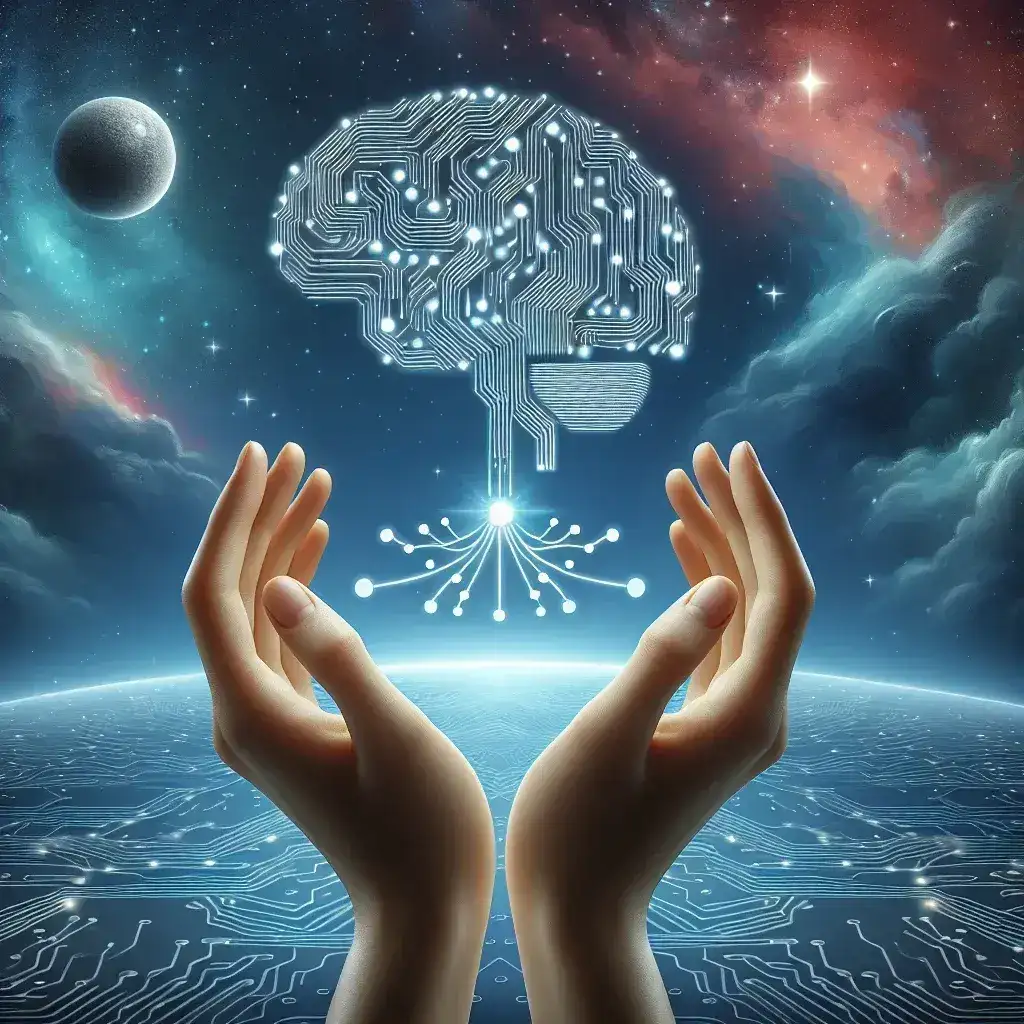Introduction
The rapid advancement of artificial intelligence (AI) technologies has ushered in a new era of possibilities and challenges. With companies like Anthropic and OpenAI at the forefront, the discussion around AI safety and alignment has become increasingly prominent. As AI systems become more sophisticated, ensuring they operate safely and align with human values is crucial. This article explores the collaboration between Anthropic and OpenAI in cross-testing their models, shedding light on the methodologies employed and their implications for the future.
Understanding AI Safety and Alignment
AI safety refers to the measures taken to ensure that artificial intelligence systems operate reliably and do not cause unintended harm. On the other hand, AI alignment focuses on making sure that AI systems’ goals and behaviors are consistent with human intentions and ethical standards. The intersection of these two fields has garnered significant attention as AI technology continues to evolve.
The Role of Anthropic and OpenAI
Anthropic, founded by former OpenAI leaders, is dedicated to developing AI systems that prioritize safety and alignment. Their philosophy centers around creating models that can understand and adhere to human values, making them essential players in the AI landscape. OpenAI, a pioneer in AI research, has similarly made strides in ensuring that its models align with ethical standards. Both organizations recognize that collaboration can enhance their understanding and improve the safety of AI systems.
Cross-Testing Models: A Collaborative Approach
The Need for Collaboration
The complexity of AI systems demands rigorous testing and validation to mitigate risks. Cross-testing refers to the practice of assessing models developed by different organizations against various benchmarks and scenarios. This collaboration enables researchers to identify strengths and weaknesses in their models, fostering a better understanding of safety and alignment issues.
Benefits of Cross-Testing
- Enhanced Safety: By evaluating models from different perspectives, potential vulnerabilities can be identified and mitigated.
- Diverse Perspectives: Collaboration brings together diverse viewpoints, improving the robustness of the findings.
- Accelerated Progress: Shared knowledge and resources can expedite research and development, leading to more rapid advancements in AI safety.
Methodologies for Cross-Testing
Both Anthropic and OpenAI employ various methodologies in their cross-testing endeavors. These may include:
- Benchmarking: Establishing a set of performance metrics to evaluate the models against one another.
- Simulations: Running models in controlled environments to observe their behaviors in various scenarios.
- Real-World Testing: Implementing models in real-world applications to assess their performance and safety under actual conditions.
Historical Context
The journey towards AI safety and alignment has been ongoing for years. Early AI systems lacked the sophistication necessary to pose significant risks, but as capabilities expanded, so did concerns. The emergence of deep learning and reinforcement learning techniques has highlighted the need for robust safety measures.
Key Milestones
- 2015: The founding of OpenAI marked a commitment to ensuring that AI benefits all of humanity.
- 2020: Anthropic’s formation reflected a growing focus on AI alignment, prioritizing human-centric models.
- 2021: The collaboration between the two organizations began, aiming to address shared concerns about AI safety.
Future Predictions
As AI technology continues to evolve, the need for effective safety and alignment strategies will only intensify. The collaboration between Anthropic and OpenAI serves as a model for future partnerships in the field. Here are some predictions for the future:
- Increased Regulation: Governments and regulatory bodies will likely impose stricter guidelines for AI development, emphasizing safety and alignment.
- Greater Public Awareness: As AI impacts everyday life, public discourse around safety and ethical considerations will grow.
- Advancements in Techniques: New methodologies for testing and aligning AI systems will emerge, driven by collaboration.
Pros and Cons of Cross-Testing
Pros
- Improved Safety Standards: By cross-testing, organizations can establish higher safety standards for AI systems.
- Knowledge Sharing: Teams can share insights and learnings, enhancing collective understanding.
- Innovation Boost: Collaboration can lead to innovative solutions that may not arise in isolation.
Cons
- Resource Intensive: Cross-testing may demand significant time and resources, which could detract from other projects.
- Potential Conflicts: Differing approaches to AI development can lead to disagreements among collaborating organizations.
- Data Privacy Concerns: Sharing models and data may raise privacy issues that need to be addressed.
Real-World Examples
Several instances demonstrate the effectiveness of cross-testing in enhancing AI safety:
- Collaborative Competitions: Events like the AI Safety Challenge bring together different organizations to develop safer AI technologies through competition.
- Joint Research Initiatives: Projects such as the Partnership on AI facilitate collaboration on best practices for AI safety.
Cultural Relevance
The conversation surrounding AI safety and alignment is not just technical; it also has cultural implications. As AI systems increasingly influence society, public trust in technology becomes paramount. The collaboration between Anthropic and OpenAI can help build that trust, demonstrating a commitment to responsible AI development.
Expert Insights
Leading experts in the field have weighed in on the importance of collaboration in AI safety. Dr. Elon Musk, a vocal advocate for responsible AI, stated, “The future of AI hinges on our ability to ensure it aligns with human values. Cross-testing is a vital step in that direction.”
Conclusion
In conclusion, the collaboration between Anthropic and OpenAI in cross-testing models embodies a proactive approach to addressing AI safety and alignment concerns. As artificial intelligence continues to advance, the importance of ensuring that these systems align with human values cannot be overstated. Through shared knowledge, diverse perspectives, and rigorous testing, the path towards safe and responsible AI becomes clearer. The future holds promising advancements, and the collaborative efforts of organizations like Anthropic and OpenAI will be pivotal in shaping a safer AI landscape.



